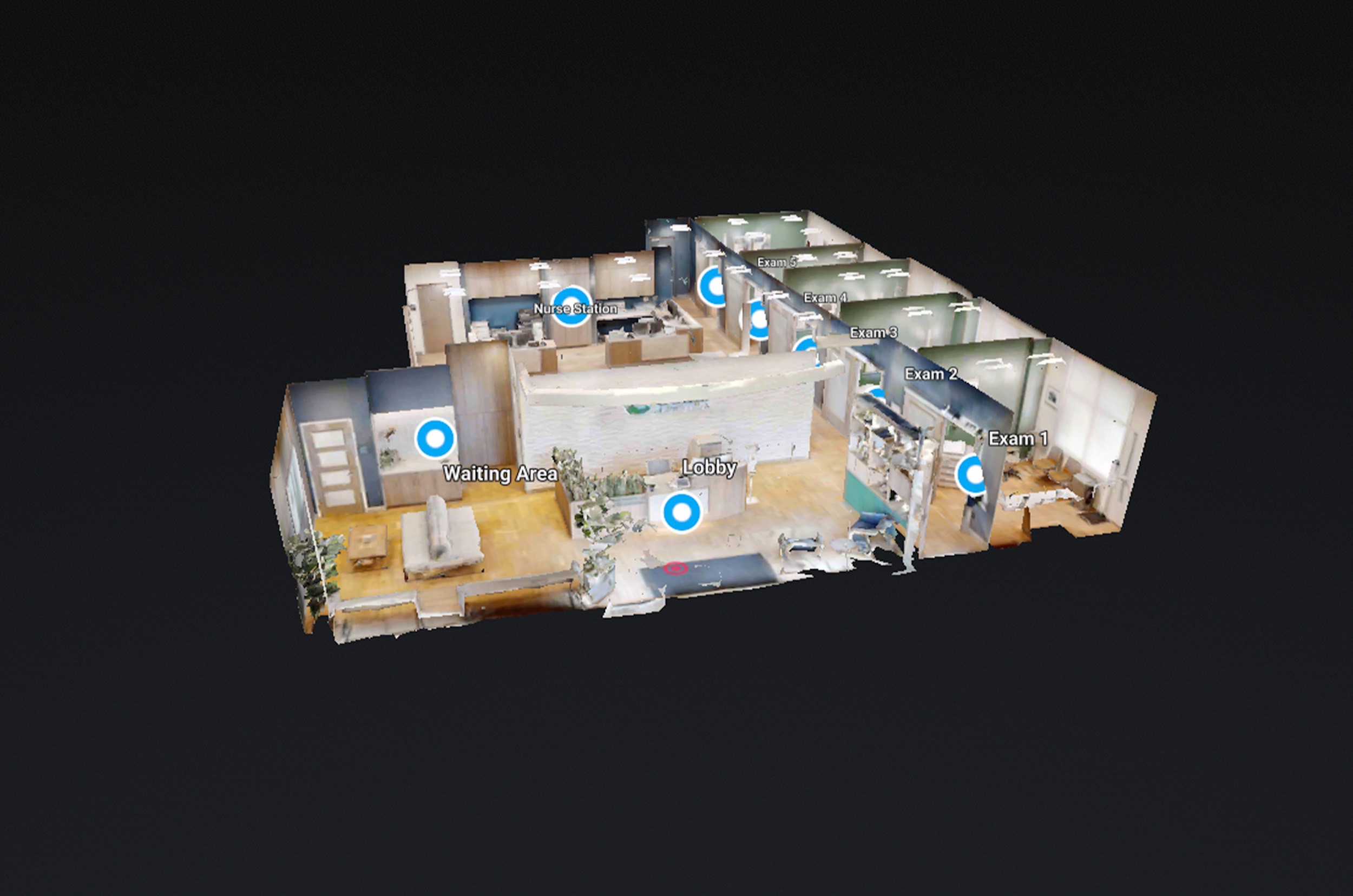The decision to attend a college or university extends far beyond program selection; it’s about choosing an environment where students will spend significant years of their lives. In today’s digital age, prospective students and their families are seeking more immersive ways to explore educational spaces before making that pivotal choice.
Enter the realm of 360 virtual tours, a revolutionary tool that allows colleges and universities to showcase their classroom layouts and facilities in unprecedented detail. This blog unveils how leveraging 360 virtual tours can transform the way educational institutions present their academic environments, offering insights into how this technology can enhance decision-making for future students.
Visualizing the Learning Environment: A 360 virtual tour offers a panoramic view of classroom layouts, providing a sense of space, ambiance, and the technological resources available. Prospective students can virtually navigate through lecture halls, labs, and seminar rooms, getting a feel for where they will engage with their studies, interact with peers, and access learning resources. This level of immersion goes beyond static images, allowing students to envision themselves in the learning environment.
Showcasing Technological Integration: Modern education relies heavily on technology, and 360 virtual tours can highlight how classrooms are equipped to support digital learning. From smart boards to computer labs, these tours can demonstrate the technological readiness of an institution, reassuring students that they will have access to the tools necessary for a contemporary educational experience.
Highlighting Flexibility and Innovation in Learning Spaces: Many institutions are moving away from traditional lecture-based classrooms to embrace flexible, innovative learning environments that promote collaboration and active learning. Through a 360 virtual tour, colleges can showcase these dynamic spaces, highlighting movable furniture, collaboration zones, and other features that support modern pedagogical approaches.
Enhancing Accessibility and Inclusivity: Prospective students with physical disabilities or other access needs can greatly benefit from 360 virtual tours. These tours can provide detailed information about the accessibility of classrooms and campus facilities, demonstrating the institution’s commitment to inclusivity and support for all students.
Facilitating Global Reach: For international students or those who cannot visit campus in person, 360 virtual tours are invaluable. They offer a detailed, immersive experience that can help students from around the globe feel connected to the institution, making distant educational opportunities feel within reach.
Conclusion: The adoption of 360 virtual tours by colleges and universities represents a significant leap forward in how educational spaces are presented to prospective students.
By offering an immersive, detailed view of classroom layouts and facilities, these tours play a crucial role in the decision-making process, helping students choose an environment that best suits their academic and personal needs. In an era where the digital experience often informs real-life choices, 360 virtual tours are not just a technological novelty; they are an essential tool in bridging the gap between students and their future academic homes.







